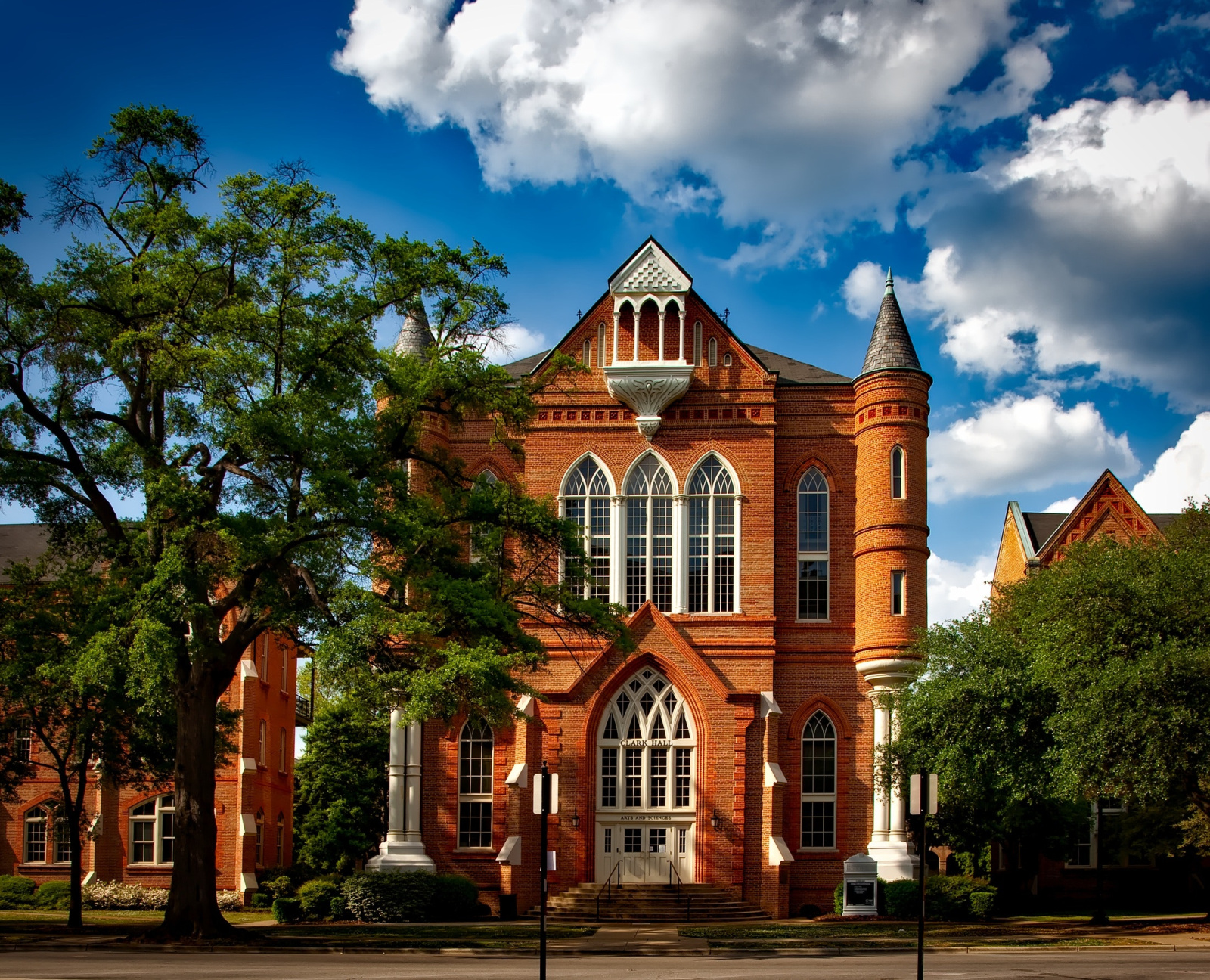
Transferring
Every year a few of my students decide to transfer. The most common reason is that the college they are attending isn’t what they thought it was going to be. They unusually try to transfer to a higher ranked school or a school that was in their list that they didn’t attend. Most find that the school they transfer to while maybe different also comes with its host of issues they don’t like. However, whatever the reason, transferring is much more common than you think.
In the 2020/21 academic year over 2 million students transferred into a new college or university. So transferring is a common experience for millions of students. The acceptance rate into the target schools was only slightly higher than applying as a high school senior. Around 62 percent of High School seniors get into the college of their choice while it’s 65 percent for transfer students. So know and think hard about when and how to transfer.
Probably the best time to transfer is after your second year of college. This is because most of your requirements and core courses are finished and most of these will transfer to the new school where you can then focus on your core major. This is why you will see a lot of US students attend community college then transfer to a 4 year university. They save a lot of money and get their required courses out of the way before moving. This strategy will work just as easily for an international student. Most international students don’t travel the community college route but the concept of getting your required courses out the way is still relevant when transferring out of your first college.
When transferring make sure you are aware of and check the following out before you decide to apply to your new school.
1. Do they accept the credits from your original institution? Not only are credits not transferring a waste of time, but it will affect your financial aid at the new institution, worse yet, it can cause issues with your acceptance as the new institution knows you will not be able to directly transfer into the same grade and age level of your peers at the new institution.
2. Consider school size, transferring from a liberal arts school to a larger institution or vice versa can be a major adjustment. Especially for my Asian students, many going to liberal arts schools decide to transfer into larger schools. The most common and interesting complaint I hear is that they don’t have as many friends that they had in the liberal arts school. I think this is because larger schools are not as personable as the smaller schools. Regardless, make sure you are aware and ready for the adjustment.
3. Know the differences and the resources that will be available to you. Schools have different priorities and budgets. They have different resources and this can sometimes be an issue for students. A student needing a lot of counseling help may transfer to another school that doesn’t have great counseling resources. They may struggle academically at their new school without the extra help. So make sure you are aware and compare resources before you move.
4. Lastly, know the requirements for transfer student admissions. The process is very similar to your undergraduate process but with even more transcript requirements. For some schools you may need to both have your high school records as well as your college records and transcripts. Make sure you know and prepare everything before you start the process.
I think transferring is common and fine. However, the process can be more complicated and stressful than the undergraduate process. Think hard before moving and know that most of you are going on to graduate programs. So sticking it out at the original institution might not be as bad as you imagine.
Famous Alumni
Harper Reed, is an American entrepreneur and former head of commerce at Braintree, a subsidiary of PayPal. He also served as Chief Technology Officer for President Barack Obama’s 2012 reelection campaign. He is a graduate of Cornell College ( Not Cornell University ) graduating with a degree in Philosophy and Computer Science in 2001. Cornell College is a small liberal arts college located in Mount Vernon, Iowa.

